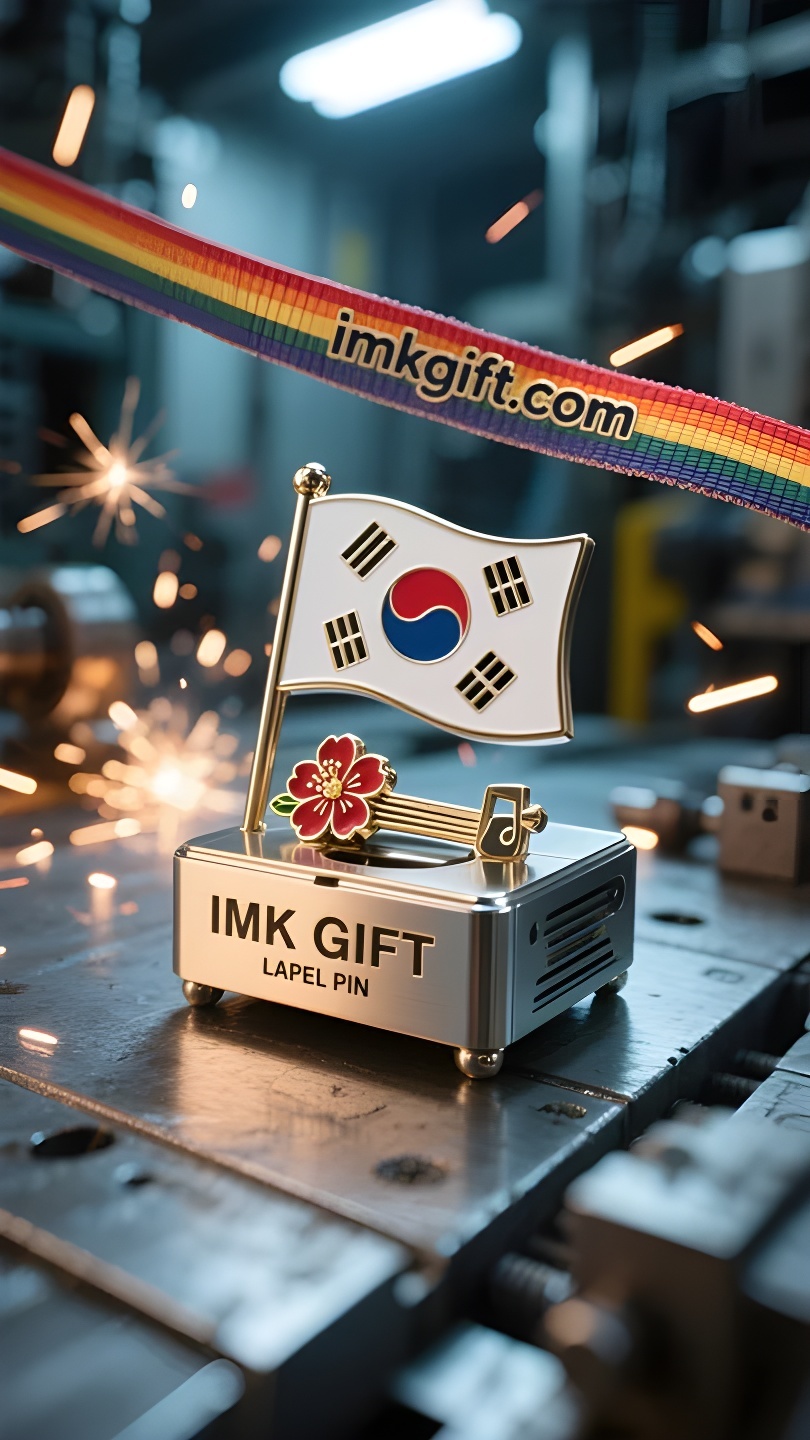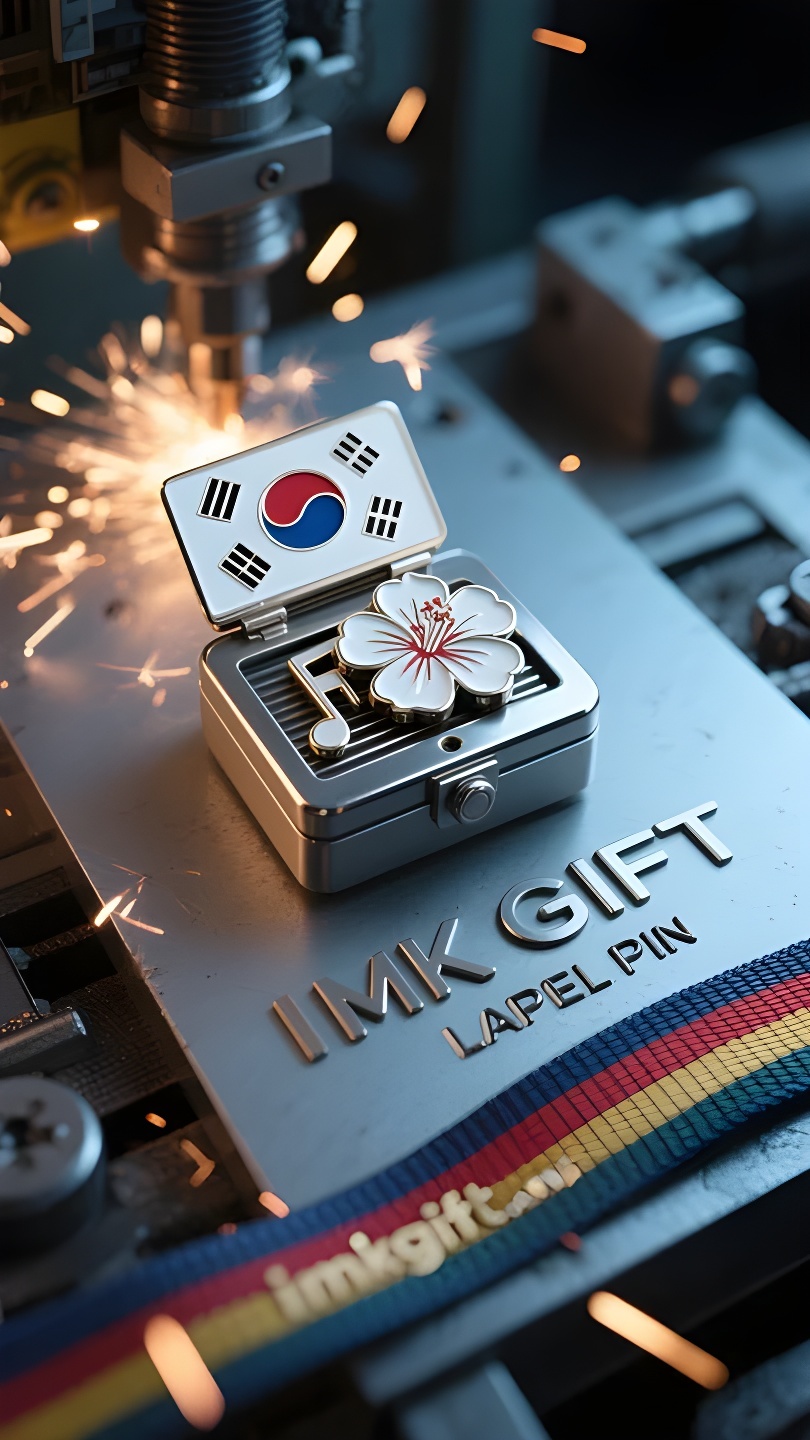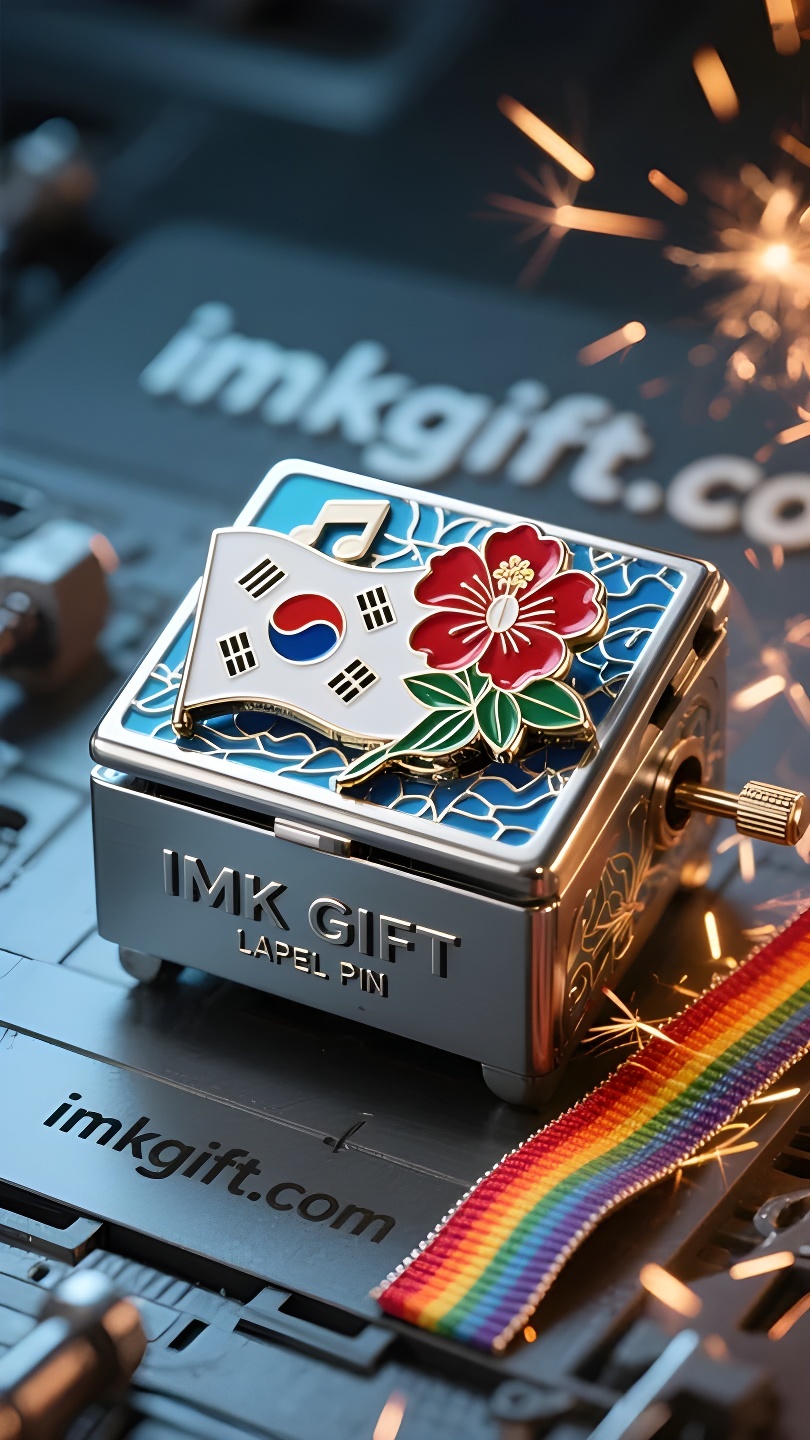in982-무궁화꽃이-필-때-시간의-메아리를-들어보세요
▼
8월 15일은 광복절입니다. 태극기가 거리에 펄럭일 때면, 구석 창문에 있는 무궁화 오르골은 언제나 이맘때쯤이면 깨끗이 닦입니다. 한국의 국화 모양을 한 이 오르골은 도자기 꽃잎과 태극 문양이 새겨져 있습니다. 봄이 오면 “아리랑”의 아름다운 선율이 시냇물처럼 흘러갑니다. 무궁화는 아침에 피었다가 저녁에 시들지만, 매일 지치지 않습니다. 마치 오르골의 톱니바퀴처럼, “무한의 꽃”이라고 불립니다. 아무리 어두운 밤에도 구리 손잡이를 살짝 돌리면 기계 심장이 뛰기 시작합니다. 마치 “진정한 강인함은 결코 넘어지지 않는 데 있는 것이 아니라 넘어졌다가 다시 삶을 연주할 수 있는 데 있다”라고 말하는 듯합니다. 전쟁은 한때 한반도를 갈라놓았지만, 서울 종로구의 한 공방에서는 옛 장인들이 전통 자개 기법으로 무궁화 꽃잎을 상감하여 오르골이 회전할 때 별빛처럼 반짝이도록 했습니다. 올해 광복절 전날, 산불로 피해를 입은 강원도 마을에는 희생자들의 이름이 새겨진 무궁화 오르골이 특별 기부되었습니다. 생존자들이 봄을 맞이하자 초토화되어 있던 땅에서 연푸른 새싹이 돋아났습니다. 이는 주역의 “화복(火福)”을 뜻하는 육십갑자를 떠올리게 합니다. 태극기 중앙에 있는 태극권처럼, 음양의 순환 속에서 희망은 언제나 그 선율 속에서 자랄 것입니다. 모든 노력의 순간은 “무한”에 대한 믿음에 대한 헌사입니다.
August 15th is Korea’s Liberation Day. When the Taegeukgi flag flutters on the streets, the hibiscus music box in the corner window is always wiped clean at this time. This music box, shaped like the national flower of Korea, has petals made of ceramics and a Taegeuk pattern engraved on the base. When the spring is turned, the melodious melody of “Arirang” flows like a stream. The hibiscus flower blooms in the morning and withers in the evening, but never tires every day. It is called the “infinite flower”, just like the gears of the music box that never stop. Even in the darkest night, as long as you gently turn the copper handle, the mechanical heart will start beating, as if saying: true tenacity does not lie in never falling, but in being able to play life again after falling. The war once divided the peninsula, but in a workshop in Jongno District, Seoul, the old craftsmen insisted on inlaying hibiscus petals with traditional mother-of-pearl techniques, so that the music box reflects star-like light when it rotates. On the eve of Liberation Day this year, villages in Gangwon Province that were ravaged by wildfires received a batch of special donations – hibiscus music boxes engraved with the names of the victims. When the survivors turned the spring, tender green sprouts emerged from the scorched earth. This reminds people of the hexagram of “Misfortune will be followed by fortune” in the Book of Changes. Just like the Tai Chi in the center of the Korean flag, between the rotation of yin and yang, hope will always grow in the melody. Every moment of hard work is a tribute to the belief of “infinity”.
八月十五日是韩国的光复节,当太极旗在街道上飘扬时,街角橱窗里的木槿花音乐盒总在此时被擦拭一新。这个以韩国国花为造型的音乐盒,花瓣由陶瓷烧制,底座镌刻着太极纹样,转动发条时,悠扬的《阿里郎》旋律便如溪水般流淌。
木槿花朝开暮落却日日不倦,被称作”无穷花”,恰似音乐盒永不停歇的齿轮。即便在最暗的夜里,只要轻轻拧动铜质手柄,机械心脏就开始跳动,仿佛在诉说:真正的坚韧不在于永不跌倒,而在于跌倒后仍能重新奏响生命。战火曾将半岛割裂,但首尔钟路区某间工坊里,老匠人坚持用传统螺钿技法镶嵌木槿花瓣,让音乐盒转动时折射出星辰般的光芒。
今年光复节前夕,江原道山火肆虐过的村落收到了一批特殊捐赠——刻着受难者姓名的木槿花音乐盒。当幸存者转动发条,焦土上竟钻出嫩绿的新芽。这让人想起《易经》中”否极泰来”的卦象,正如韩国国旗中央的太极,阴阳轮转间,希望永远在旋律里生长。每个努力转动的瞬间,都是对”无穷”信念的致敬。
▼
Contact Us
📞 Tel: +0086-760-85286839
📧 Email: sales3@imkgift.com








